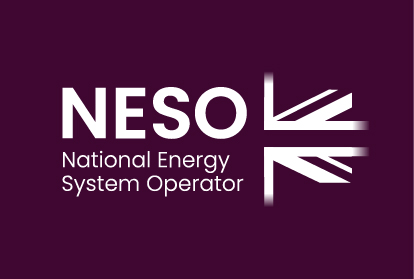The current approach to develop the Construction Planning Assumptions (CPA) required to plan for connection applications to the power grid was not developed to capture the core characteristics of the future net-zero energy system. To address this challenge, this project will review the current CPA methodology, models and tools and propose key relevant updates to (i) capture emerging technologies (e.g., batteries and electrolysers), (ii) define uncertainty scenarios (e.g., based on statistical methods) and (iii) standardise and automate the process to improve the efficiency of the connections process and the experience for ESO, TOs and clients
Benefits
The project has huge potential to deliver benefits to CPAs, specifically by:
- Enhancing the accuracy of modelling assumptions, improving the quality of input data, and developing advanced data processing methods that would result in increased confidence in CPAs. This has the potential to accelerate earlier connection dates for customers, reduce enabling works associated with customers' contracts, and an overall improved CPA experience for ESO.
- Standardizing and automating the CPA process, which would reduce the time spent by engineers, both in ESO and TOs, preparing CPAs.
- Modelling the operating profiles of prominent clean technologies (e.g., batteries and electrolysers) with more accuracy will facilitate a more cost-effective transition to net zero.
Learnings
Outcomes
The innovative project undertaken by the University of Manchester yielded several promising outcomes:
Innovative solutions: The project introduced innovative solutions for model formulation, contributing to the overall advancement and flexibility of CPA methodology.
IC modelling improvement: the project proposes the formulations of ICs modelling to resolve the issue of ICs being very sensitive to price assumptions.
Electrolyser modelling improvement: The project developed a methodology to process aggregated electrolysis demand information and produce demand profiles, with components of constant hourly electrical demand and a variable (price-based) electrical demand. These data will be passed to POUYA for Economic Dispatch. This would provide a robust framework for handling electrolyser demand and integrating it into broader energy models.
Economic Dispatch Analysis: The project successfully focused on the economic dispatch side, providing valuable insights and analysis results for the Economic dispatch in CPA, e.g., the correlation between ICs and electrical demand, renewable generation and non-renewable generation; the impact of generator removal before and after POUYA running. This focus allowed the team to address critical challenges in economic dispatch and deliver actionable insights.
Lessons Learnt
Flexibility in Planning: Being flexible and open to modifying the planned approach based on real-time feedback and evolving project needs is essential. This adaptability can lead to more efficient and effective project execution. The project demonstrated this through the various adjustments made to the timeline, focus areas, and task details.
Prioritisation of Tasks: Prioritising tasks based on their impact and urgency ensures that critical objectives are met without compromising the overall project goals. The project team effectively prioritised tasks such as economic dispatch analysis and electrolyser/IC modelling to ensure timely completion of key deliverables.
Code Sharing Constraints: There were challenges related to code sharing due to security requirements in the contract. Understanding and addressing security and compliance requirements early in the project can prevent delays and facilitate smoother collaboration. Engaging with relevant teams to navigate these constraints and facilitate data sharing is important.
Documentation and User Stories: The importance of detailed documentation and clear user stories was highlighted. Ensuring that all technical changes are well-documented and communicated can prevent misunderstandings and streamline the development process. The project involved creating detailed technical documents and user stories to capture requirements and guide implementation.




